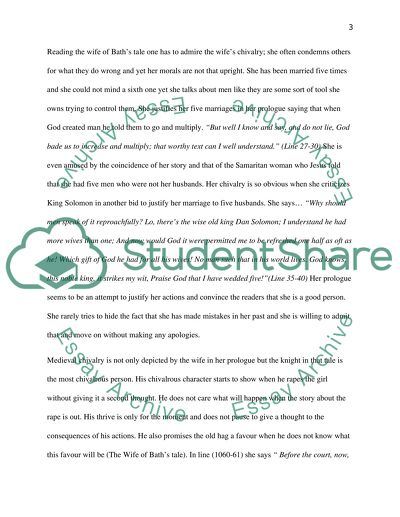Cite this document
(“Canterbury Tales Paper Essay Example | Topics and Well Written Essays - 2250 words”, n.d.)
Retrieved from https://studentshare.org/literature/1443257-kitteridge-a-critic-comments-that-in-the-merchant
Retrieved from https://studentshare.org/literature/1443257-kitteridge-a-critic-comments-that-in-the-merchant
(Canterbury Tales Paper Essay Example | Topics and Well Written Essays - 2250 Words)
https://studentshare.org/literature/1443257-kitteridge-a-critic-comments-that-in-the-merchant.
https://studentshare.org/literature/1443257-kitteridge-a-critic-comments-that-in-the-merchant.
“Canterbury Tales Paper Essay Example | Topics and Well Written Essays - 2250 Words”, n.d. https://studentshare.org/literature/1443257-kitteridge-a-critic-comments-that-in-the-merchant.


